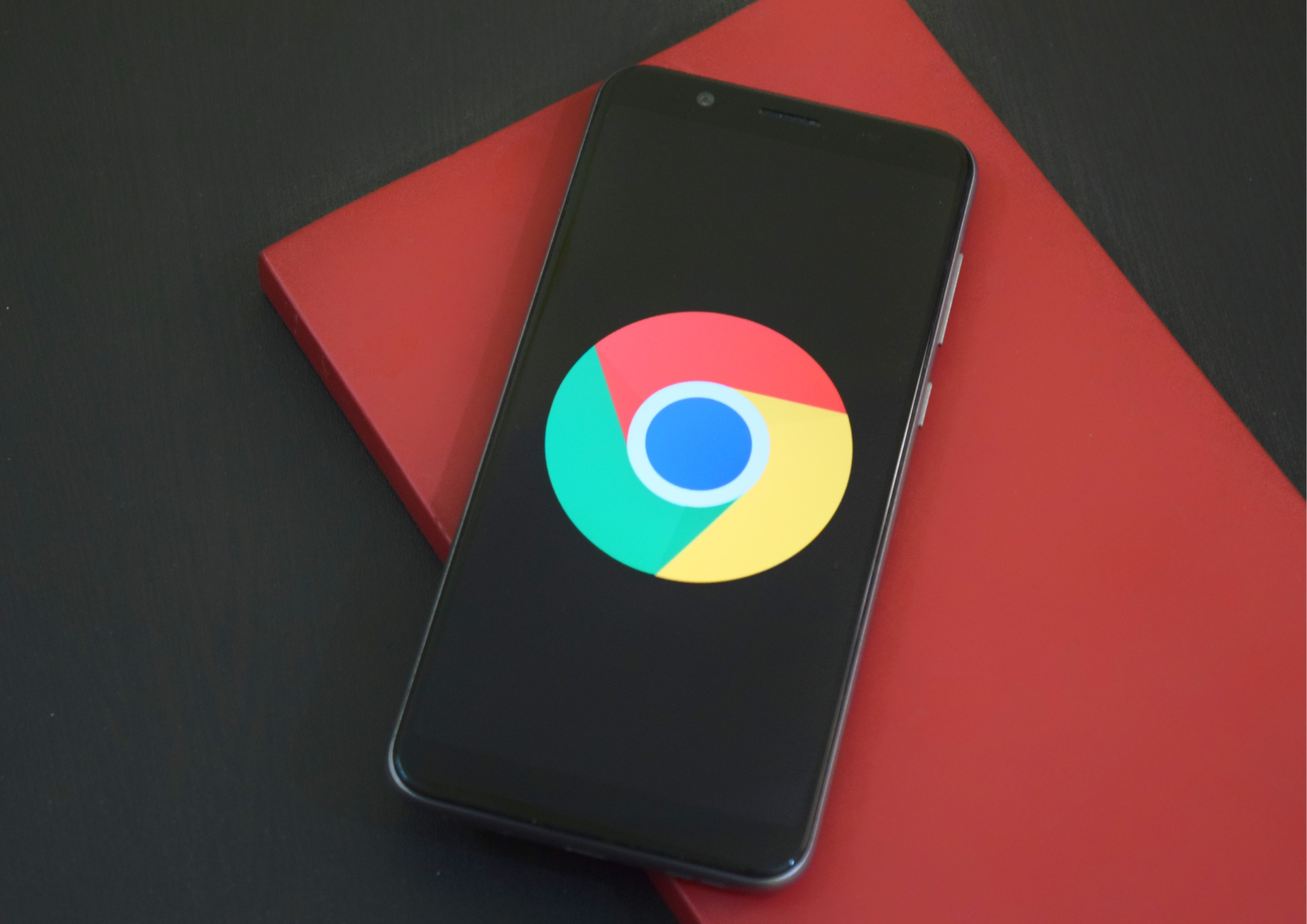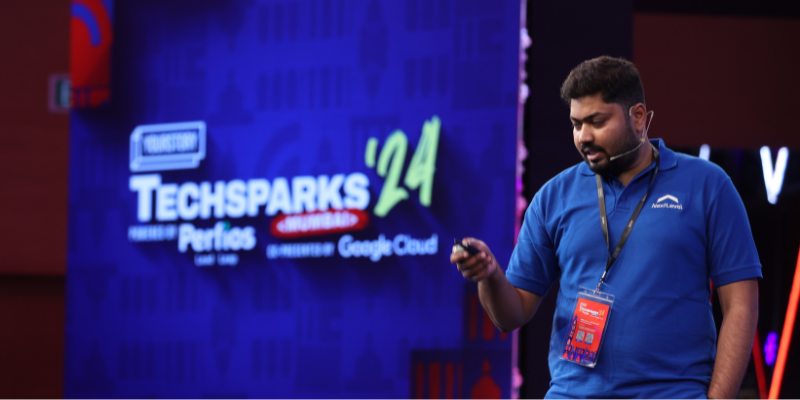What consumers expect from 5G and making mmWave a reality
By now, we have a good idea what 5G is envisioned to be — a unifying connectivity fabric that will connect virtually everything and a platform for future innovation that can support services as yet unknown today. With 5G promising such a broad vision, it is clear that 5G capabilities will come in phases and initially focus on the most urgent needs. Therefore, the first phase of 5G New Radio (NR) in 3GPP Release 15 will provide enhanced mobile broadband (eMBB) services.

But what drives these accelerated 5G deployments and how will operators cost-efficiently deploy 5G NR, including mobilizing mmWave for the smartphone form factor? To answer these questions, Qualcomm Technologies collaborated with Nokia on a new whitepaper released today. We also announced a collaboration with Nokia to conduct 5G NR interoperability testing, which is a key step to prepare 5G NR for commercial launches in 2019. The mmWave interoperability testing will use our 5G NR mmWave prototype that we also announced today — another milestone demonstrating that smartphone form-factor devices are progressing for launches in 2019.
The whitepaper provides the complete picture, so I will just highlight two interesting findings from two different angles: one from the demand side — the results from a recent 5G consumer survey — and one from the deployments side — a study that examined deploying mmWave at existing network sites.
To better understand consumer interest in 5G, Qualcomm Technologies conducted a comprehensive survey involving nearly 6,000 consumers from six countries — the USA, China, UK, France, Germany, and Finland. Our objective was to discover consumer pain points with today’s mobile experiences and to learn what consumers think about 5G. The outcome of the study was very encouraging, as close to 50 percent of respondents are likely to be early 5G adopters. They demand faster data speeds, quicker response time, and more cost-effective mobile data plans. Furthermore, 5G was identified as the top feature that consumers are willing to pay more for in their next mobile devices, and it also showed great insight into what people really want from 5G — the ability to access seamless cellular connectivity anywhere without having to log into Wi-Fi access points. This survey also confirmed the expected growth trend for unlimited data plans, with close to 50 percent of respondents expressing their desire to have unlimited data once they migrate to 5G.

5G NR can address the consumer pain points found in the survey, for example through the new efficient 5G NR design providing faster speeds, lower latency, more uniform experiences, and flexible uplink and downlink. However, we also need access to more spectrum. One key opportunity is the expansion to higher spectrum bands, including mobilizing the mmWave (e.g., 28 GHz and 39 GHz). To this end, Qualcomm Technologies performed a study to better understand the coverage impact of mmWave in real network settings. The findings showed that significant outdoor mmWave coverage can be achieved not only by leveraging existing LTE outdoor small cells, but also by macro cells depending on scenario, even exceeding 80 percent in some dense urban city examples. And most importantly for the evolution of networking infrastructure, the study confirmed that existing cell sites in major cities can be leveraged as viable and reasonable places to start 5G NR mmWave deployments.
Outdoor mmWave services with multi-gigabit speeds provide a clear differentiation compared to today’s services and will also improve indoor experiences. So, how is that possible given that mmWave does not penetrate indoors easily? The reason is that outdoor mmWave deployments can offload in the lower sub 6 GHz spectrum bands that penetrate indoors, such as Gigabit LTE deployments, and these lower bands can now can serve even more indoor users. There’s more news to come on this front: Stay tuned for our upcoming study on indoor mmWave coverage.

Authored by Rasmus Hellberg











